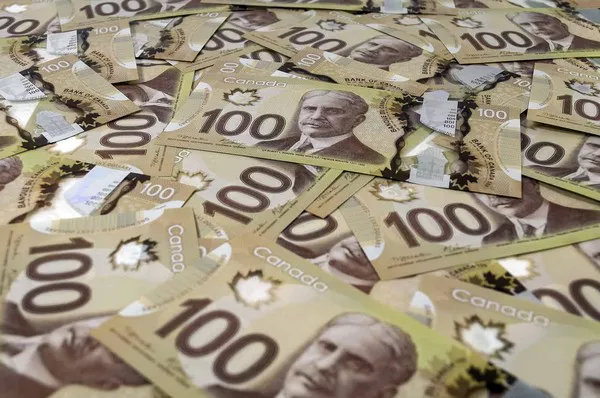With its rich history, diverse culture, and stunning landscapes, Canada is a country that captivates millions around the world. At the heart of its monetary system lies a fascinating array of coins, each bearing unique designs and symbols that reflect Canada’s heritage and values. Whether you’re a collector, traveler, or simply curious about Canadian currency, knowing how to identify Canadian coins is an invaluable skill. In this article, we embark on a journey to unravel the intricacies of Canadian coinage, equipping you with the knowledge to recognize and appreciate these numismatic treasures.
Understanding Canadian Currency
Before delving into the specifics of Canadian coins, it’s essential to understand the basics of Canada’s currency system. The Canadian dollar (CAD) serves as the official currency of Canada and is denoted by the symbol “$” or “C$.” The Royal Canadian Mint, established in 1908, is responsible for producing Canada’s coins, ensuring their quality and integrity.
The Canadian Dollar
Canada’s currency, the Canadian dollar, is divided into 100 cents. Commonly used denominations include the 1 cent (penny), 5 cents (nickel), 10 cents (dime), 25 cents (quarter), and 1 dollar (loonie) coins.
Evolution of Canadian Coins
Over the years, Canadian coins have undergone numerous changes in design, composition, and denominations. Understanding the evolution of Canadian coinage provides valuable insights into Canada’s history and cultural identity.
Identifying Canadian Coins
Unlocking the Secrets of Canadian Coinage
Design Elements
Canadian coins feature a variety of design elements, including images of iconic symbols, historical figures, and natural landmarks. These elements vary depending on the denomination and series of the coin.
Inscriptions and Mint Marks
Inscriptions, including the denomination, year of issue, and national motto (“A Mari Usque Ad Mare” – “From Sea to Sea”), are engraved on Canadian coins. Mint marks, indicating the mint where the coin was produced, may also be present.
Composition and Weight
The composition and weight of Canadian coins can help identify them. For example, the 1 cent coin was primarily made of copper until its discontinuation in 2012, while the 5 cent coin is composed of nickel.
Common Canadian Coin Denominations
Exploring the Most Recognizable Canadian Coins
The Penny (1 Cent)
The Canadian penny, or 1 cent coin, holds a special place in Canadian coinage history. While it was officially discontinued in 2013, pennies remain in circulation and are often collected for their nostalgic value.
The Nickel (5 Cents)
Featuring a beaver on its reverse side, the Canadian nickel is a quintessential symbol of Canadian identity. With its unique composition of nickel and copper, the 5 cent coin has evolved over the years, reflecting Canada’s changing economic landscape.
The Dime (10 Cents)
The Canadian dime, adorned with a portrait of Queen Elizabeth II on its obverse side, is a staple of Canadian coinage. Despite its small size, the 10 cent coin holds significant value and is widely used in everyday transactions.
The Quarter (25 Cents)
As one of the most recognizable Canadian coins, the quarter features a diverse range of designs, including images of Canadian wildlife, cultural icons, and commemorative themes. Its large size and distinctive ridged edge make it easily identifiable.
Rare and Collectible Canadian Coins
Exploring the World of Numismatic Treasures
Commemorative Coins
Canada’s Royal Canadian Mint produces a variety of commemorative coins to celebrate special events, anniversaries, and cultural milestones. These coins often feature unique designs and limited mintages, making them highly sought after by collectors.
Error Coins
Error coins, characterized by production mistakes or defects, are a fascinating subset of Canadian coinage. These coins, such as misprints or double strikes, are relatively rare and can command high prices among collectors.
Special Edition Coins
In addition to standard circulating coins, the Royal Canadian Mint issues special edition coins, including proof sets, silver dollars, and gold coins. These limited edition coins appeal to collectors and investors alike, offering unique opportunities for acquisition and appreciation.
See Also: 4 Options for Obtaining Canadian Cash
Conclusion
In conclusion, identifying Canadian coins is an enriching journey that offers insights into Canada’s history, culture, and numismatic heritage. From the iconic symbols adorning each coin to the rare treasures waiting to be discovered, Canadian coinage is a testament to Canada’s diverse identity and enduring legacy. Whether you’re a seasoned collector or a novice enthusiast, exploring the world of Canadian coins is sure to spark curiosity and appreciation for this fascinating aspect of Canadian culture.


